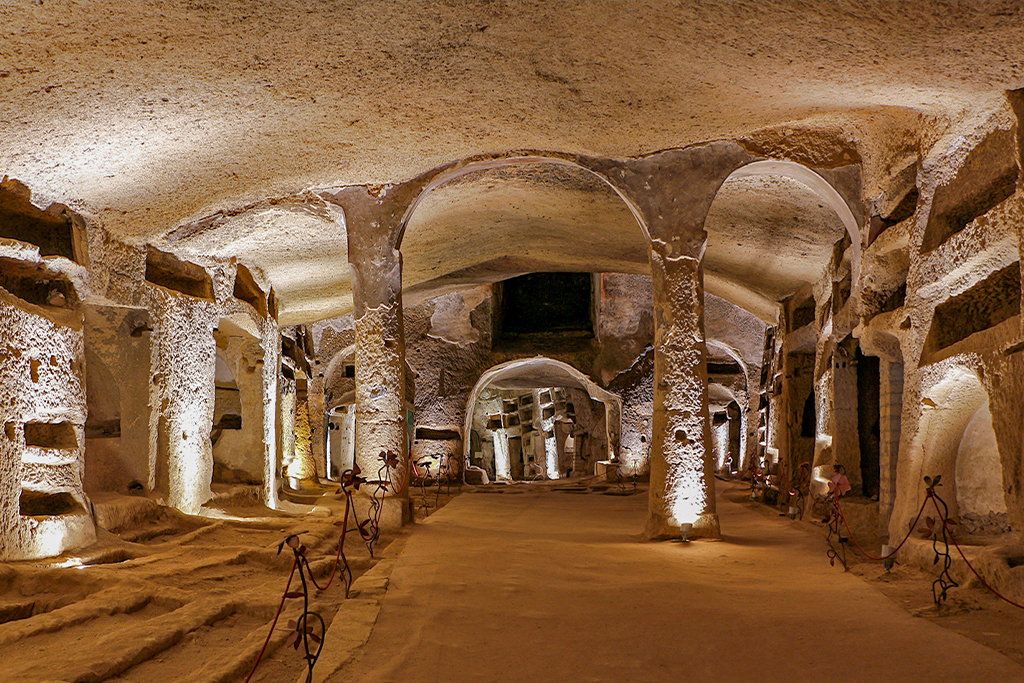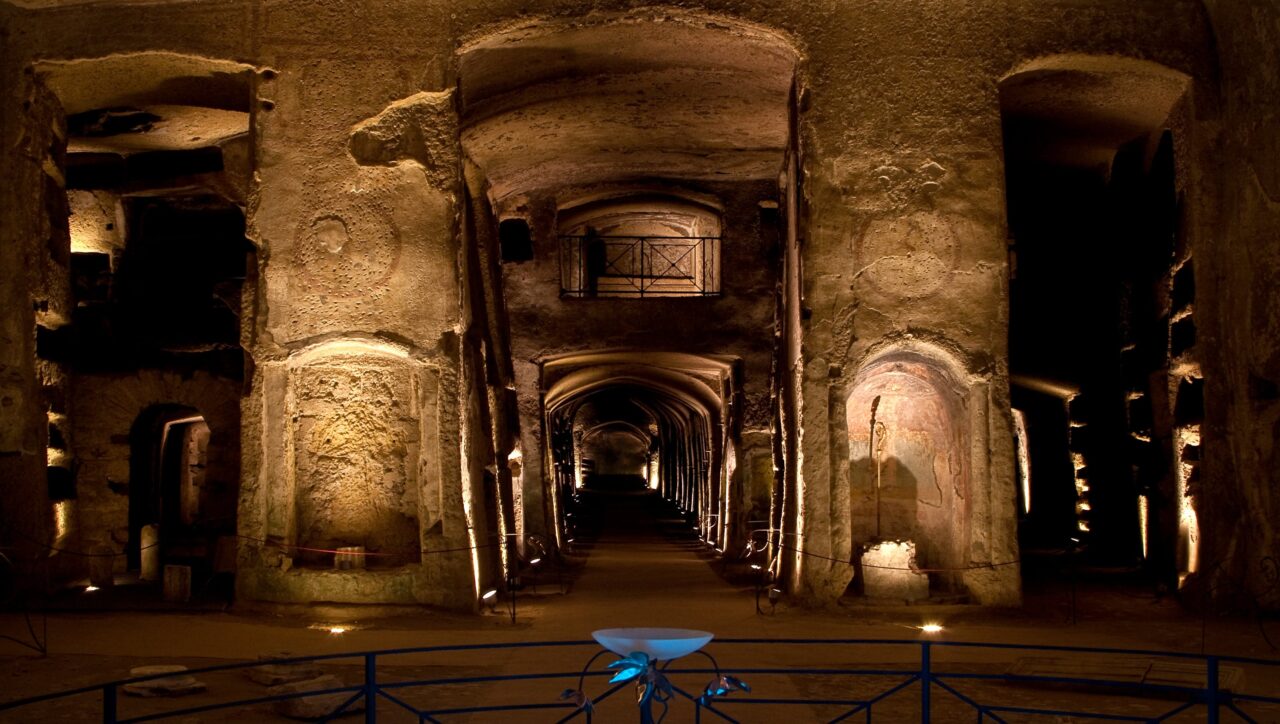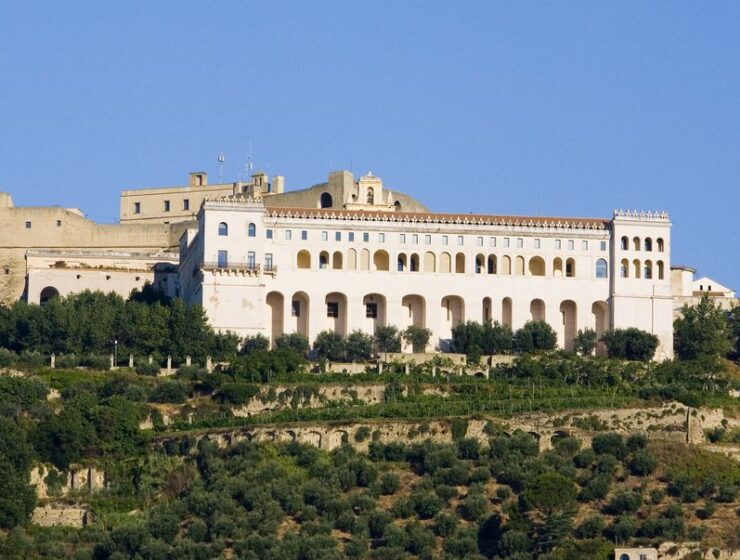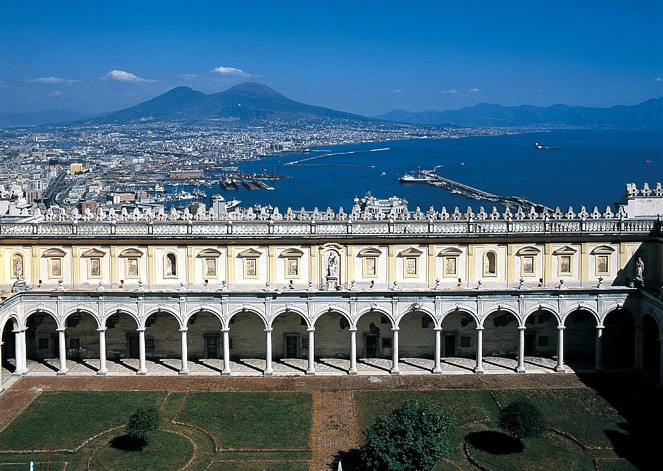 The Catacombs of San Gennaro represent a fascinating journey through the history and devotion of the city of Naples. Dating back to the 2nd century AD, these ancient underground galleries began as burial places for Christians. However, over the centuries, their significance grew, evolving into a complex system of tombs and chapels, bearing witness to the cultural and spiritual richness of Naples.
The Catacombs of San Gennaro represent a fascinating journey through the history and devotion of the city of Naples. Dating back to the 2nd century AD, these ancient underground galleries began as burial places for Christians. However, over the centuries, their significance grew, evolving into a complex system of tombs and chapels, bearing witness to the cultural and spiritual richness of Naples.
The origin of the Catacombs is linked to the martyrdom of San Gennaro, the patron saint of Naples. Legend has it that the saint’s relics were initially placed in a tomb in the area of Capodimonte. However, the desire to honor the saint with a more splendid burial place led to the creation of the Catacombs in the heart of the city.
During the period of Christian persecutions, the Catacombs played a vital role. In addition to being burial places, they provided refuge for persecuted Christians and served as secret places of worship. This historical context lends the Catacombs profound significance, as they witnessed a crucial period in the history of Christian faith in Naples.
An extraordinary aspect of the Catacombs is the discovery, in the 20th century, of a second level. This additional level revealed surprising architectural complexity, with an intricate network of underground corridors and chapels. Each corridor is adorned with frescoes and mosaics that tell stories of devotion and faith, offering an immersion into the spirituality of the time.
During the Middle Ages, the Catacombs were often forgotten and abandoned, but their rediscovery in the Renaissance renewed interest in these sacred places. Today, the Catacombs of San Gennaro are open to the public, allowing visitors to explore the underground complex and admire the testimonies of faith and art it contains.
Through the centuries, the Catacombs of San Gennaro have been a stage for historical, cultural, and religious changes, representing an intrinsic part of Naples’ history. They are a heritage of inestimable value, offering a tangible connection to the past and a unique opportunity to explore the city’s rich spiritual legacy.






